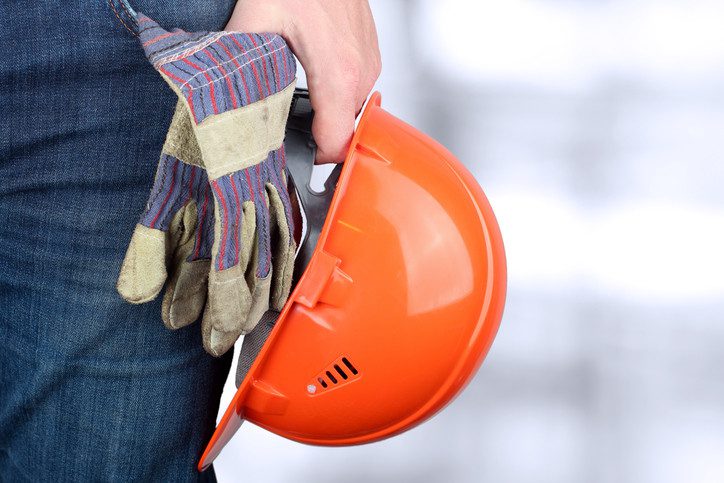For any professional or retail organization, the use of portable ladders will eventually come into play on the showroom floor or out in the warehouse. Even when it comes to careers in the Marine, something like Wet Steps ladders play a big part in relation to docking boats. No matter what industry you find yourself in, at some point, a ladder may come in handy. It is important for you to know which one is relevant for what task and how to stay safe while using this equipment. Whether it’s an A-Frame or an extension ladder, we take for granted that they’re the safest way to do our jobs which may not be the case. Ladders could be unstable, especially if they’re not being used properly. While there are other solutions that most furniture retailers are not aware of or simply can’t make the investment in, so ladders continue to permeate our job sites. Therefore, it is important workers know how to properly and safely use portable ladders.
Angles
The proper angle is key, for both extension and straight ladders, in order to keep them from tipping back. This angle is a 4:1 ratio. In other words, for every 4 feet in height from the ground to the point the ladder makes contact with the structure, the base must be a foot away from the structure. Nobody is busting out a measuring tape, let’s be realistic. However, there a simple way to tell if you’re at the proper angle. Stand at the base of the ladder so that your toes are touching it. Extend your arm at a 90-degree angle from your body. If your hand touches a ring or a side-rail, you are approximately at a 4:1 angle.
Securing the Ladder
Most people are concerned about a ladder tipping backwards, but it’s much more likely it will actually shift laterally(Sideways). Therefore, it is important that you secure the ladder, near the top, to the structure to prevent it from shifting. Do not use the ladder’s adjustment rope to secure it to the structure. Ensure that somebody is holding the ladder in place during the initial setup.
Proper Height
Your ladder must extend 3’ above the level to which you are climbing, or there must be a grab rail that extends 3’ up. While this is important when dismounting the ladder, it is even more important when mounting the ladder from the top. The last thing you want is somebody walking to the edge of a building or platform and having to lean down to grab the ladder. One moment of light-headedness could end in disaster. To see if your ladder is properly extended, count the rungs. There is approximately one foot between rungs.
Setup
The ladder will never be a safe tool if it’s not set up in a safe location, to begin with. Make sure your ladder is on firm, level ground and that the safety feet are in place. If you need to kick the feet up to dig into the surface material, that’s what they’re there for. For an A-Frame ladder, ensure you’ve fully opened the ladder and locked it into place. No A-Frame should ever be used while folded or partially closed. This is not what the ladder is designed for and not how it’s tested.
Maximum Height
Your A-Frame ladder has a maximum working height. You’ll notice a label that says “Do Not Sit or Stand On Or Above This Step.” Pay special attention to the “On or Above” part. Most people look at that and think that they can step on that step but not above it. This is not the case. And definitely, don’t ever straddle the ladder or sit on top of it. In addition, the label on the side of the ladder contains a maximum working height in case you’re unsure. If you can’t read the labels, that’s a whole different problem and you need new ladders.
Labels and Paint
Labels on the ladder must be legible. If they are worn off or painted over, then you cannot use the ladder. (NOTE: You do not need to destroy or throw away ladders because the label is illegible. Instead, call the manufacturer to get a new label shipped to you.) In addition, you must be able to inspect your ladder for cracks, defects, and damage. Painting ladders with an opaque paint may prevent you from doing so, therefore do not paint your ladders.
Safe Use
You’ve set up your ladder safely, but are you using it in a manner that invites injury? Always maintain three points of contact when climbing a ladder. This means two feet and a hand, or two hands and a foot. When done properly this precludes you from carrying tools or materials in your hands, which is a good thing. While working aloft, your tools should be at the very least in a tool belt or tool vest. At best, they should be tethered to you. Also, maintain your center of gravity between the side rails – no leaning off to one side or another. Keep your eyes out for other hazards or unsafe conditions. Finally, only use ladders as intended. Do not separate parts if they’re not intended to be separated. Do not lash sections together. Do not climb both sides of an A-Frame unless it is specifically designed for that function.
Inspecting
Ladders are a tool, so you need to treat them like one. Just with any other tool, you need to inspect your ladder prior to use and remove it from service if anything is wrong with it. A new ladder is a better option than risking injury to your staff.
Training
Don’t believe that just because we use ladders at home that your employees know how to use them safely. People use ladders wrong ALL THE TIME. It is your responsibility as an employer to ensure that your employees are properly trained in the safe use of ladders and that you are designating a safety manager to train and inspect your equipment. This person must be knowledgeable enough to recognize a hazard and most importantly, have the authority to correct it.
Ladders are a very familiar and very useful tool, but as such, people tend to become complacent when working with them. Unfortunately, complacency can be safety’s mortal enemy. Make sure that if you are going to choose ladders as the proper means for your workers to complete their work tasks that they are fully aware how to use them safely. Ladders are cheap. People are not.











